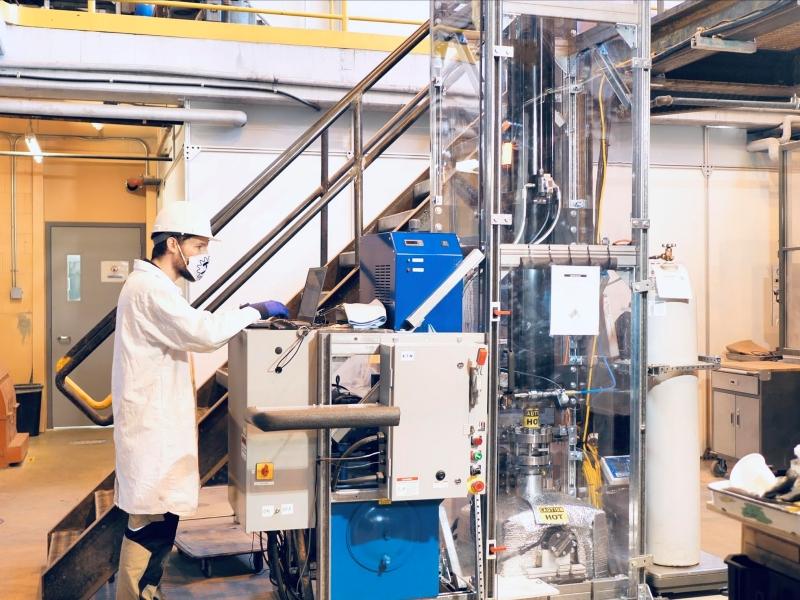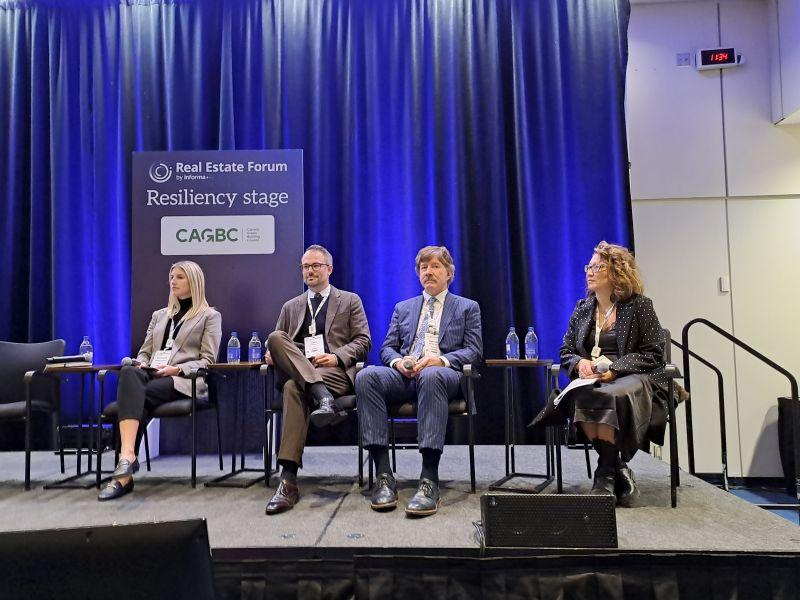GUEST SUBMISSION: In today’s energy landscape, the question is no longer if green energy can be both clean and profitable; it’s about how fast we can scale its adoption to meet the urgent demands of our economy, our planet and our investors.
Experts have long believed that sustainability and financial performance are not competing goals — they are inherently connected. Across industries, we’re seeing a powerful trend: organizations that embed sustainability into their core business strategies are outperforming their peers in growth, resilience and value creation. According to Gartner, organizations that embrace new sustainability business models can yield 30 per cent more revenue in a 10-year period.
Sustainability as strategy: The new business imperative
Sustainability is no longer simply a corporate social responsibility initiative — it is a business strategy, driven by regulation, consumer expectations and investor demand.
According to a 2023 PwC Canada ESG report, 79 per cent of Canadian CEOs say they are making sustainability part of their long-term business strategy. For companies, this represents not only a societal obligation but a major competitive advantage.
Enterprises that lead the clean energy transition are attracting more investment, stronger customer loyalty and the best talent. Sustainability practices also serve as an economic tool to maximize and protect investments in infrastructure and equipment by boosting energy efficiency and resiliency.
The path forward is clear: the equation of the future is electric + digital = sustainable.
Electrification and digitalization are the twin engines powering the clean energy transition — and together, they are key to unlocking decarbonization while driving profitability.
Digital energy technologies — including advanced software, automation and data-driven energy management — are transforming how companies monitor, control and optimize their operations. By digitizing energy systems, businesses gain the insights and agility needed to drastically cut emissions, reduce waste and maximize efficiency, all while improving their bottom line.
Innovation, profitability and resiliency go hand in hand
The myth that green energy costs more than traditional energy is outdated. In fact, the costs of solar, wind and battery storage have plummeted by over 80 per cent over the past decade, according to Natural Resources Canada.
Our organization has helped hundreds of businesses in Canada use decarbonization as driver of profitability by reducing energy bills, improving system reliability and gaining reputational advantages.
For example, we are currently partnering with one of Canada's largest banks to reduce energy and maintenance costs using our EcoStruxure software. The goal is to achieve a 30 per cent reduction in emissions by 2030 across their entire building portfolio. In the first year alone, the bank achieved an average energy savings of over 13 per cent and approximately $200,000 in maintenance cost reductions.
But beyond profitability and operational efficiency, the clean energy transition offers something even more vital: resiliency.
As climate risks escalate and business environments grow more volatile, the ability to anticipate, adapt and recover has never been more critical. That’s why decarbonization strategies, empowered by digital innovation, aren’t just growth enablers — they are essential tools for managing risk and safeguarding long-term business continuity.
Managing risk by embracing resilience
Sustainability is the foundation for business resilience. It shields companies from financial risk associated with climate-related disasters. Climate change is no longer a distant concern; it’s a material business risk today. Last year alone, Canada experienced over $3.1 billion in insured damages from extreme weather events, according to the Insurance Bureau of Canada.
Despite the widespread implications for businesses, infrastructure, the environment and energy systems, many companies remain in a holding pattern. S&P Global reported that only one in five companies currently has a plan to adapt to risks associated with climate change.
In a study conducted by Schneider Electric’s Sustainability Business, similar results were found: one-third of survey respondents (38 per cent) said they have a climate adaptation plan—but only six per cent have implemented measures. Moreover, nearly one-third of respondents said climate events have impacted their local communities, business activities and supply chains.
Climate risk is financial risk. Organizations that fail to act face mounting threats — from supply chain disruptions to increased insurance costs to reputational damage in a market that increasingly demands environmental accountability.
Conversely, businesses that embed resiliency and sustainability into their operations are better positioned to withstand economic shocks, regulatory changes and consumer pressure. A solid ESG strategy is becoming one of the most important forms of corporate risk management.
A call to investors and business leaders
To investors: look beyond short-term gains. The future belongs to companies that see sustainability not as a cost but as a catalyst for innovation, growth and long-term value creation. Support those who are building a stronger, cleaner economy.
To business leaders: embedding sustainability into your operations is not just about protecting the planet — it’s about protecting your bottom line. It’s about future-proofing your organization and strengthening your competitive edge. Regardless of where your company is in its sustainability journey, it’s time to take the next step — and this begins with you.
Profitability and purpose are no longer opposing forces. They are, increasingly, two sides of the same coin.
But there remains reason to be more optimistic than ever: clean energy is no longer just an environmental choice — it’s one of the most strategic and economically sound investments for our future.
The question is no longer can we do well by doing good?
The real question is: what are we waiting for?










